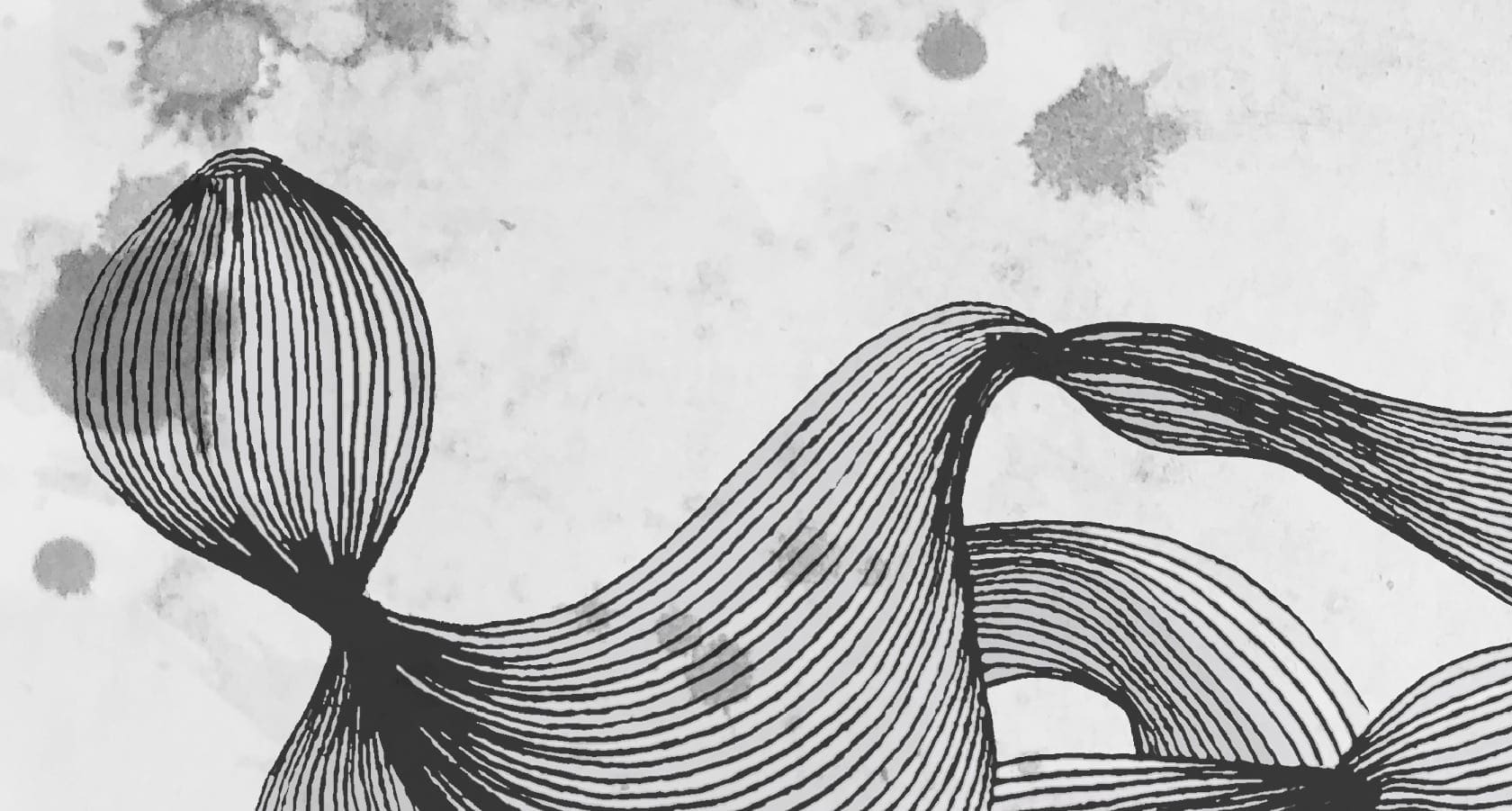Dispatches from the Future are generated during the Assembly for the Future series.
These new iterations of future worlds have been produced through a process of deep, collective reflection, witnessing and imagining. Created by our Artist-Moderators, after facilitating future-making rooms with Assembly participants responding to provocations from our First Speakers and Respondents, they serve as a record of the process and the fostering of new imaginaries.
The Dispatches take many forms including prose, sketch, poetry, graphic story and essay.

